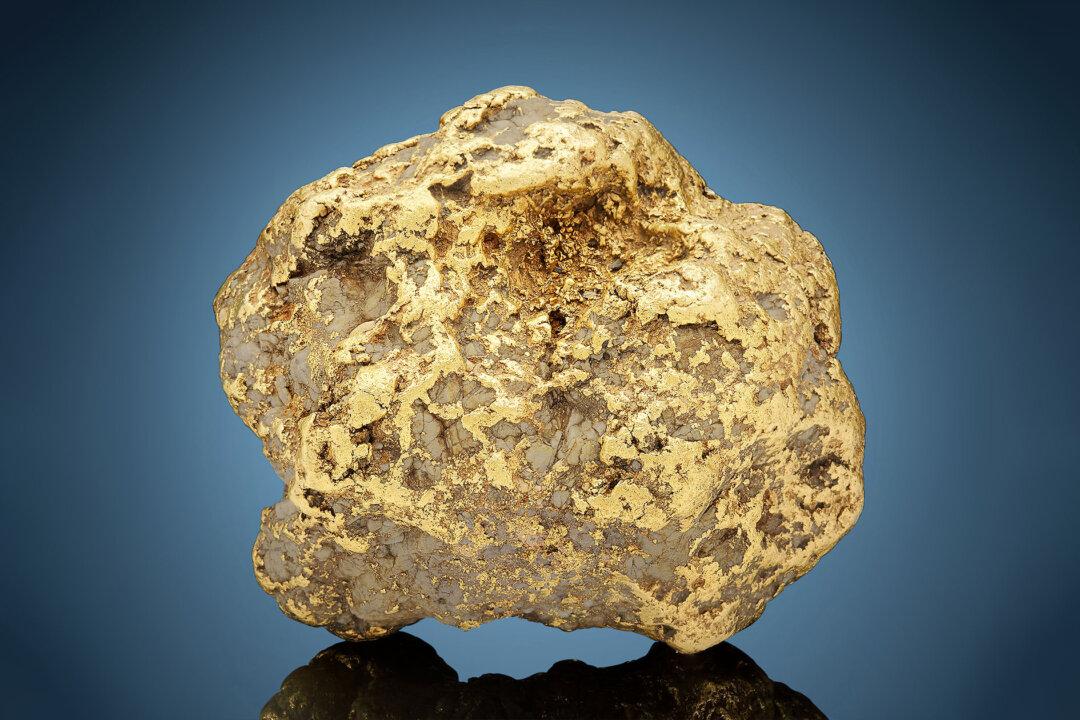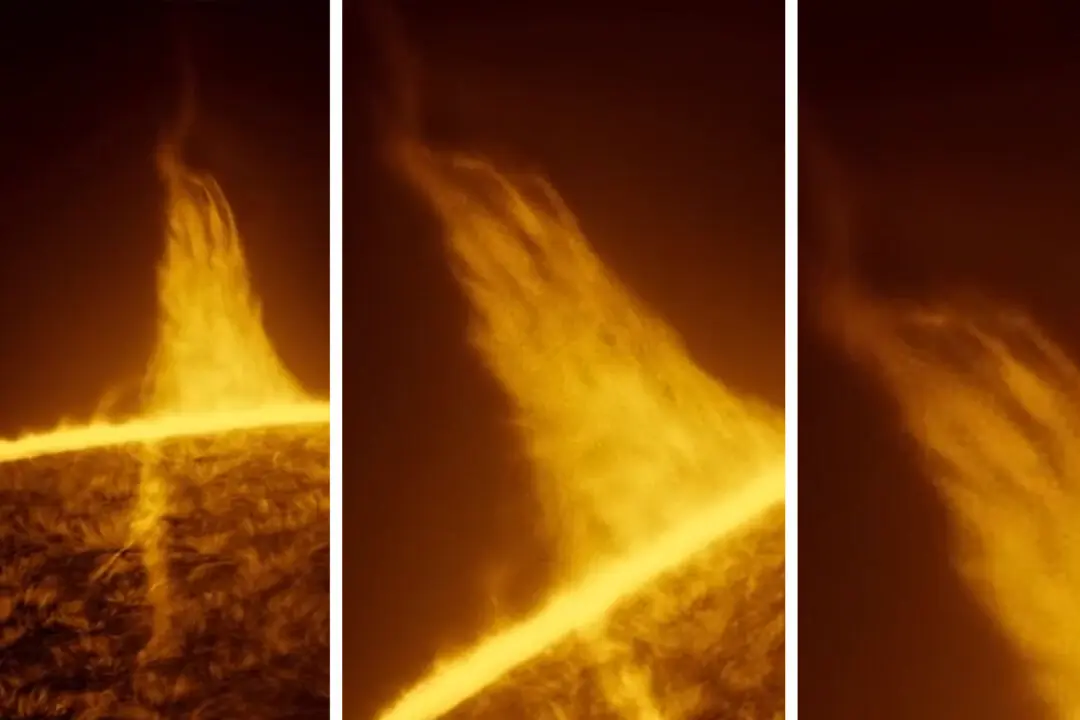The largest gold nugget ever found in Alaska is set to be auctioned in Texas in December and is expected to fetch over $700,000.
In the summer of 1896, over 100,000 prospectors descended upon northwestern Canada after gold was found near the Klondike River. About 100 years later, in 1998, a prospector named Barry Clay—so the story goes—was moving dirt with his bulldozer along the shores of Swift Creek Mine when he unearthed a giant gold nugget larger than a softball.






